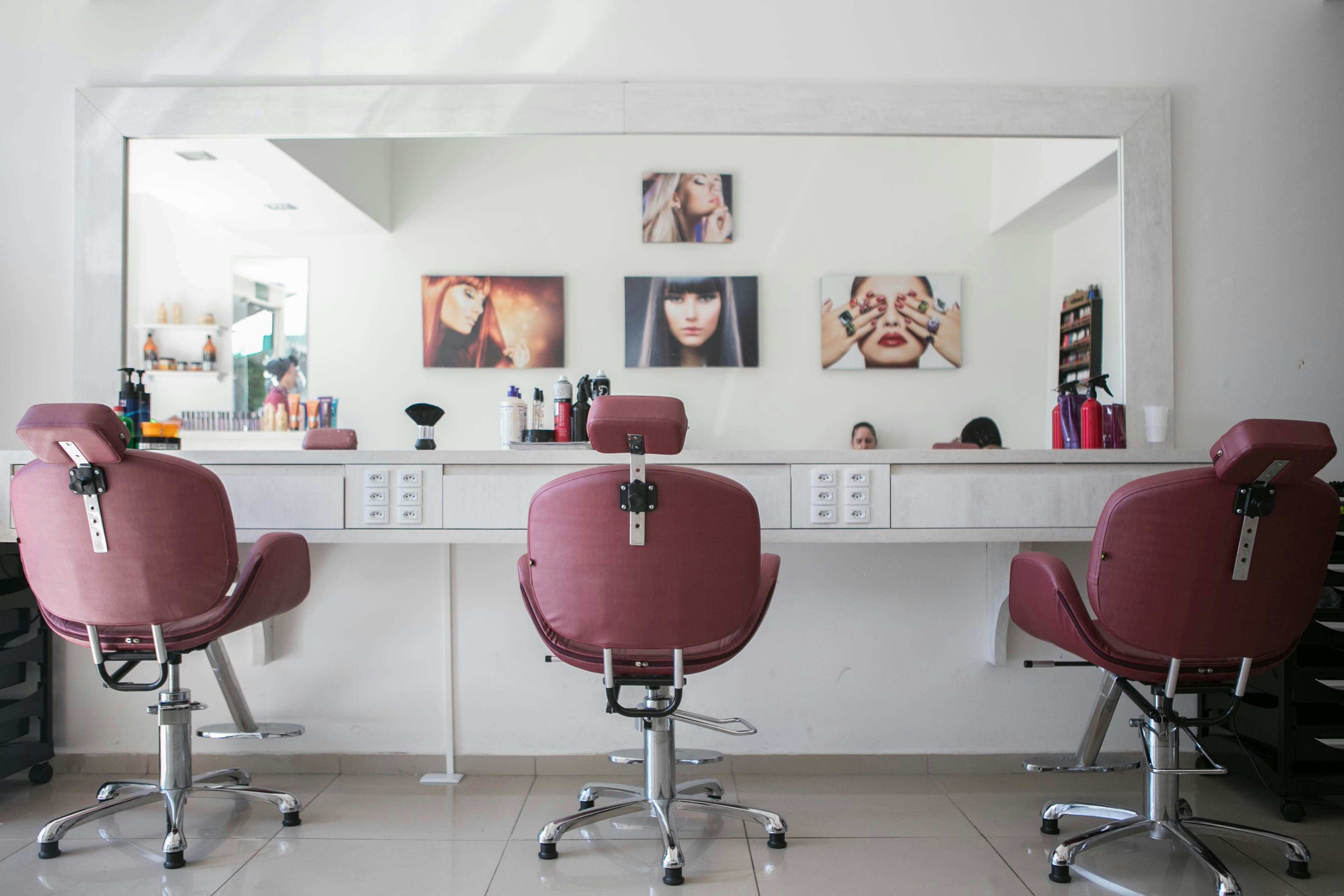Someone interested in owning a business may have success in a profitable industry like the salon and spa industry. The Global Wellness Institute (GWI) reported in the Global Wellness Economy Monitor that more than 149,000 salons operated in 2017, employing over two million people and generating a reported 93.6 billion dollars. Industry experts project the spa and salon sector will reach 128 billion dollars in 2022.
A crucial part of the initial stages of opening a salon is creating an achievable business plan that effectively sets an establishment up for long-term success.
When opening a salon, owners need to research and know the local regulations and laws relevant to their business and know the ideal location for their establishment. Gauging community members’ need for a salon and investigating what any nearby competition may offer can give owners insight into how they can provide excellent service that prioritizes clients and is more attractive compared to competitors.

Salon startup costs can stress owners out and make them feel anxious, especially since the goal of opening a business is to make profits as soon as possible and minimize any losses. When drafting a salon business plan and obtaining sufficient funding, salon owners should note any fixed figures that they’ll be responsible for paying for as long as they operate.
Salon costs that typically remain constant every month, regardless of success and sales volume, include utilities, equipment, rent, and insurance. Variable costs, which salon owners can manipulate, are just as crucial to a business as fixed expenses. Some variable salon costs include labor costs, marketing, product shipping costs, delivery costs, and the costs of the tools and products hairstylists use. These expenses can fluctuate, depending on the salon sales volume. Owners can save money while making money when they know what variable costs to cut and when.
Determining a salon’s monthly expenses can help owners generate a revenue forecast for their first year, and identify their break-even point, the point at which their total revenues and fixed and variable costs for a specific period are equal.

Business owners must equip their salons with necessities that affect their operations and productivity. Every salon needs shampooing sections, drying areas, and hairstyling stations. These areas tend to include mirrors, chairs, and storage spaces for washing, drying, and styling products and tools. Salons can also use desks, tables, and chairs for reception areas. Reception areas are the first spaces clients see, so they should be well-designed and inviting.
Salon owners can get high-quality salon furniture and products from a reliable brand such as Keller International. Keller International is a company that specializes in providing salons with next-level, durable equipment, and furniture that empowers skilled employees to do their best and most creative work and enjoy the salon environment.
Flourishing salons may receive many phone calls from clients who wish to schedule appointments or inquire about a salon’s working hours. Before opening a salon, owners should implement efficient answering services into their operations to prevent phone calls from disrupting the attention they give in-person customers.

Having a salon call center can optimize the customer service salons provide. For efficient answering services that maximize productivity, salon owners should use high-powered call center technology, such as the omnichannel communication platform created by Bright Pattern. Bright Pattern’s omnichannel software, unique and more robust than competitors’ multichannel software, enables salon professionals to communicate with clients across different communication modes such as phone calls, SMS, emails, and live chats.
Bright Pattern, the leading provider of simple yet powerful contact center software, includes artificial intelligence (AI) assistance. Call center AI integration supplements the work of human employees and offers clients a way to resolve their questions and concerns. Effective customer self-services allow clients to reach solutions while salon professionals handle aspects of the business right in front of them.
People who take their time and cover all business aspects when preparing to open a salon can run a business that provides satisfactory customer service and excellent beauty care.













